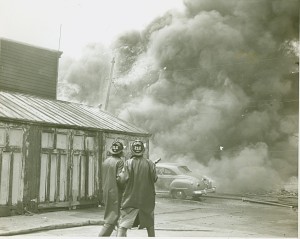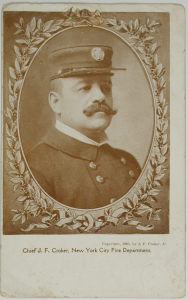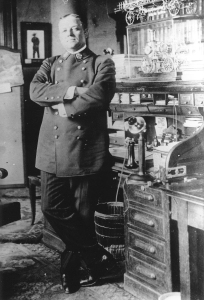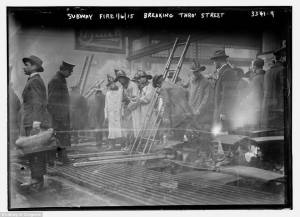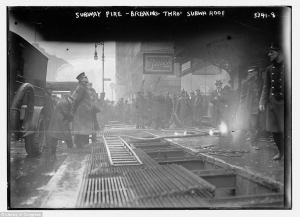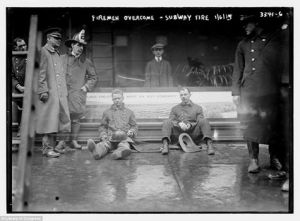Why are these Dogs wearing their helmets backwards…
www.saltydogapparel.com …..Read on….
Jacobus Turck of New York City is credited with inventing the first fire cap around 1740. It was round with a high crown and narrow rim and was made of leather. A man named Mathew DuBois improved the design by sewing iron wire into the edge of the brim to give the helmet shape and strength, and provide resistance to heat, moisture, and warping.
The more familiar “modern” helmet was developed between 1821 and 1836, by a gentleman named Henry T. Gratacap, a luggage maker by trade, and a volunteer firefighter by choice. He brought his professional skills to his volunteer duty, creating a helmet made of leather that was specially treated to provide unequalled durability and withstand wetness without rotting – many of the same qualities he’d built into his successful luggage designed for ocean travel.
Moreover, Gratacap designed the first “eight comb” (a design composed of eight segments) fire helmet. It was named the “New Yorker” and officially adopted by the New York City Fire Department (FDNY) in the late 1800s. Made of Western cowhide a quarter-inch thick, the peaked shape was reinforced with leather strips which rise like Gothic arches inside the crown.
The Gratacap design also introduced the long duckbill, or beavertail, which sticks out at the rear. While the original purpose was to keep water from running down the firefighter’s neck, these helmets were sometimes worn backwards so the beavertail would protect its wearer from the searing heat encountered while fighting fire. Some early Tillermen would also wear them backwards to protect their faces from rain and snow, since they were exposed to the elements in their seat at the back of the aerial ladder trucks.
Later, the Cairns Brothers, who operated a metal badge, button and insignia company in New York City, offered a useful modification – mounting an identification badge to the front of Gratacap’s helmets. Sometime around 1825, a more ornamental touch was added, an eagle was mounted atop the crest. The idea for the eagle derived from a cemetery monument for a firefighter that had been created by a sculptor; there was no history or significance to it, but it captured the imagination and fancy of firefighters and so became part of the Leather Helmet story.
Gratacap and the Cairns Brothers worked together until Gratacap’s retirement in 1850, at which time a renamed Cairns & Brother took over the legacy and continued to lead the development of firefighter helmet technology.
